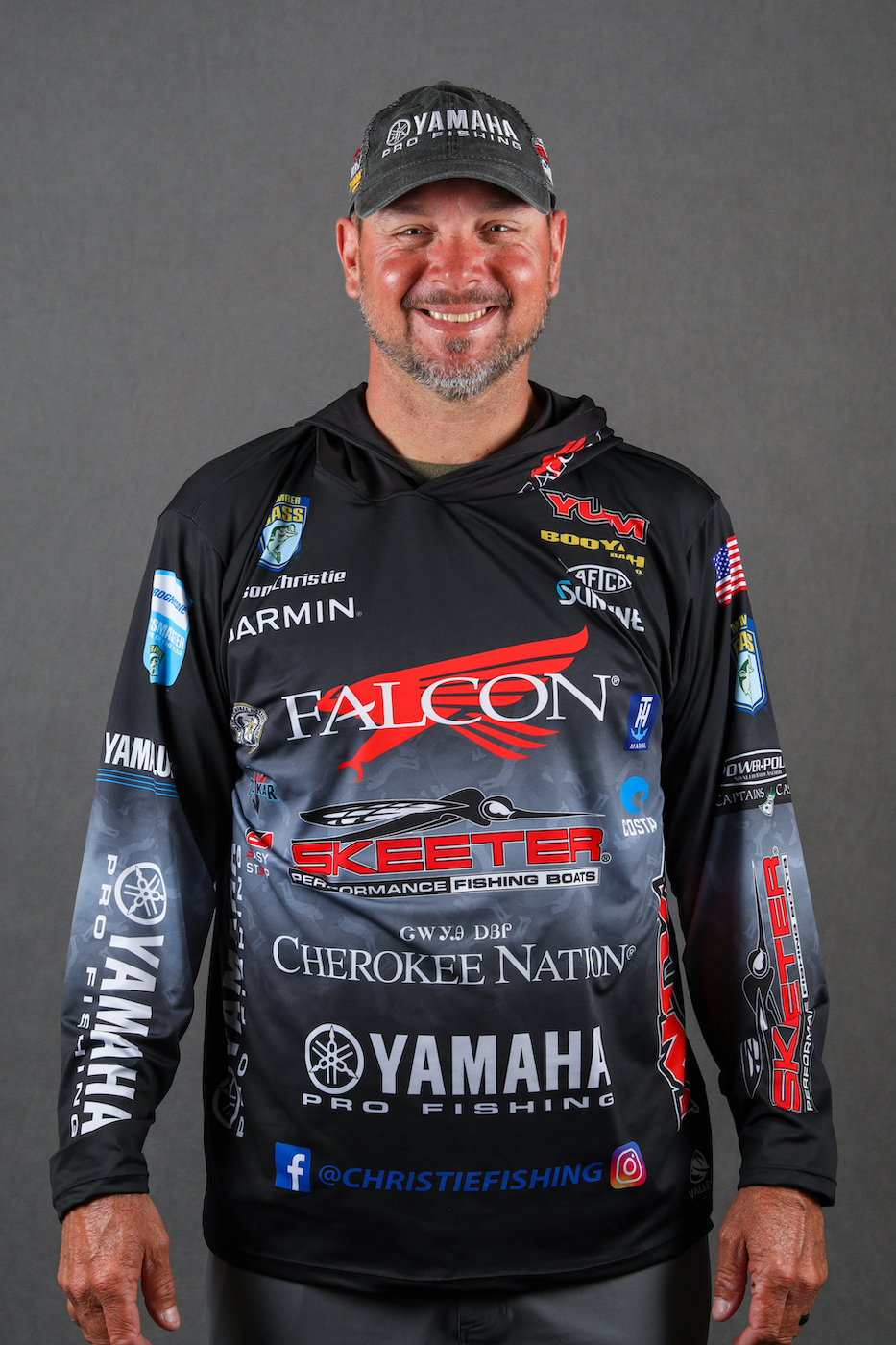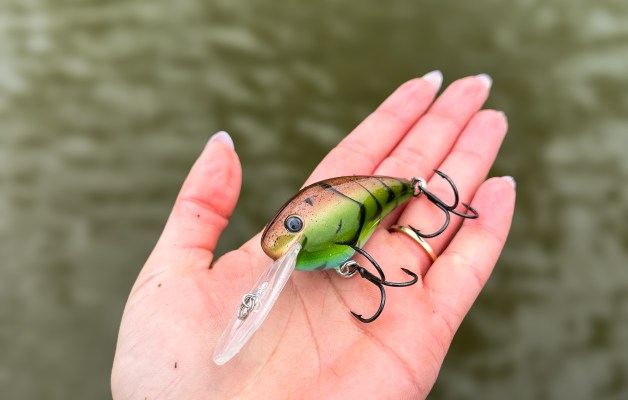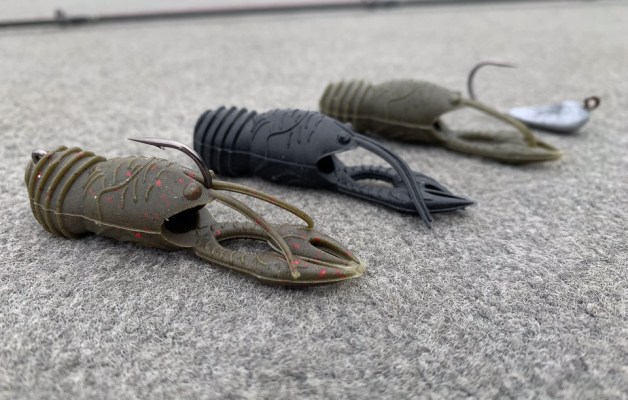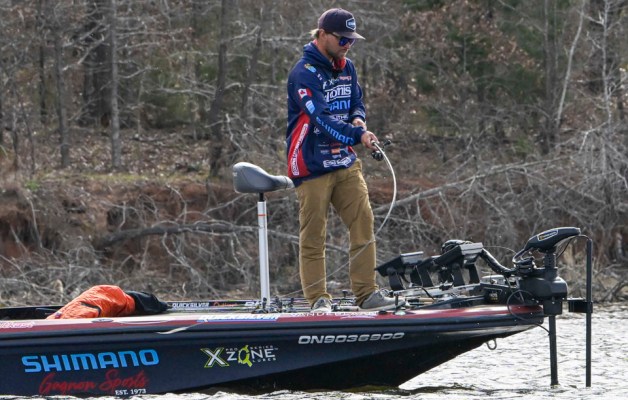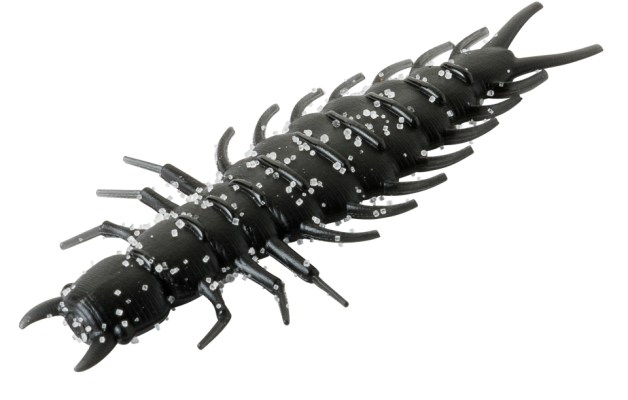Last week, we started looking at backlashes and before we go any deeper, let me just say that it’s nothing to worry about. Most anglers do get better at handling baitcasters as they gain more experience, but every now and then, the wrong combination of wind, thumb pressure and lure weight ends up working against you and you end up with too much line moving at once.
Like any sport, you learn the techniques through practice and repetition, so don’t be too hard on yourself. Just choose the right rod, reel and line setup for what you’re trying to do and pay attention to the mechanics of your cast.
In other words, teach your thumb how to control that spool from the time you mash the button until you turn the handle and engage the reel.
And when it comes to fishing with kids and anyone who’s new to fishing, you really want to try and make it easy for them to learn without a lot of frustration. If they insist on using a baitcaster, keep the spool tension on the tighter side and just explain that their casting distance is going to be a little shorter than a looser reel that an experienced angler can handle.
Working in wind
You also have to consider how you run a higher risk of backlashing with certain types of baits. From my experience, your baits with wind resistance like crankbaits and jerkbaits, which catch wind, are the ones that can give you the most trouble.
You may make 10 casts and everything flies perfectly, but then you make a cast and it just happens to catch the wind right and your spool’s going too fast. The bait’s not moving fast enough to keep up with the spool and that usually ends up in a backlash.
That’s why bait choice is particularly important when you have to fish into the wind. When I take kids or anyone who isn’t as experienced, I don’t give them a 1/4-ounce bait; I give them a bait that has some weight to it that they can throw until they get warmed up.
How a bait flies through the air and how much wind it catches has a lot to do with your likelihood of backlashing. I mean, you can take a 3/4-ounce jig and fire it directly into the wind as much as you want to and your chances of backlashing will be pretty low. It’s those baits that catch a lot of wind that you have to watch out for.
Backlash solutions
Now, if you’re throwing a bait a lot and you just keep backlashing, I’d say you have one of two problems:
- You’re probably oversizing the line. You’re using a line that’s too big for the bait you’re throwing.
- Your reel’s not set right and you need to fine tune it.
Now it’s good to know the precautions that can help you prevent backlashes, but it’s also important to know how to handle them when they occur.
First of all, be patient. I see lot of people get a back lash and they just start pulling and pulling until it gets dead dog tight.
If I get a backlash with braid, what I do is gently pull at the loose line until you come to a “V”– that’s where your problem is. I’ll pull that V and then I’ll pull my slack out until I get another V.
If you remain patient and work through each spot, you’ll do a lot better than just sitting there jerking on a backlash.
When I get a backlash with fluorocarbon, the first thing I do is I engage my reel, I keep my thumb on the spool and I make a few turns on the handle. That tightens the line that’s underneath the loose line and that makes getting a backlash out a little easier.
Just like with braid, I just patiently start pulling the line until I get a kink. I pull out that kink, I get everything loose and then I take up my slack.
Don’t get lazy
The last piece of advice I can offer is this: Don’t get lazy with minor back lashes. You might make a cast and you know when the lure hits that you have three of four loose wraps.
You might think, “It will come out the next time.”But the best thing you can do right there is pull out that loose line. If you don’t, you’ll reel up that line and the next time you throw it, you’re going to burn that loose loop and it’s going to cut your line.
When that happens, it’ll cut off about 50 yards of your line, so you pretty much have to respool. So, if you get a backlash – even a minor one – stop right then and pull it out. If you leave three or four wraps loose on the spool, it will lead to a pretty bad backlash.

